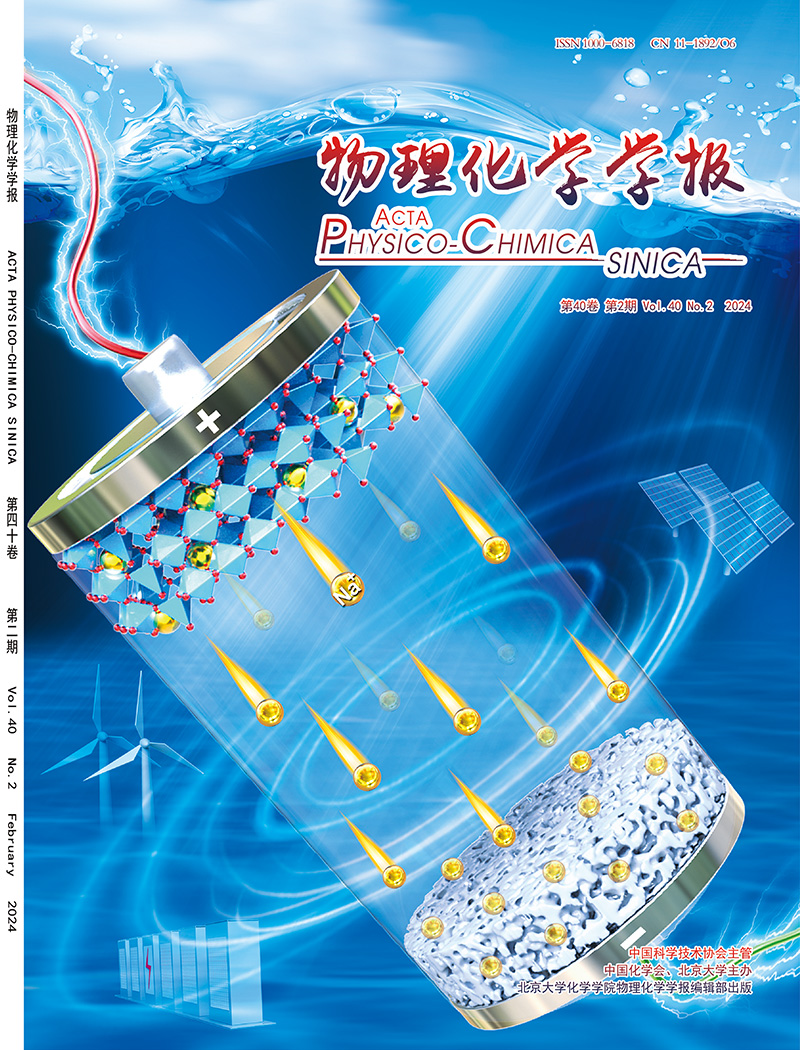Pt single-atom-functionalized 2D Al-TCPP MOF nanosheets for enhanced photodynamic antimicrobial therapy
IF 13.5
2区 化学
Q1 CHEMISTRY, PHYSICAL
引用次数: 0
Abstract
The pressing challenges posed by infectious diseases caused by pathogenic microbial infections have necessitated the development of advanced antimicrobial strategies. Among the promising avenues, photodynamic therapy (PDT) has emerged as a promising approach due to its non-invasive and targeted nature. Although it has been widely used in antibacterial therapy, there are still obstacles in precisely regulating the structure of photosensitizers to achieve satisfactory photodynamic performance. Herein, Pt single-atoms (SAs) are deposited on two-dimensional (2D) Al-TCPP metal-organic framework (MOF) nanosheets, creating Pt/Al-TCPP as the photosensitizer to boost reactive oxygen species (ROS) production for enhanced photodynamic antimicrobial therapy. By integrating Pt SAs onto 2D Al-TCPP MOF nanosheets, we not only improve the dispersion and stability of Pt atoms but also harness the synergistic effect between the MOF's crystal porous structure and Pt SAs, optimizing its light-trapping ability. This unique structure enhances the bridging unit between Pt SA and the porphyrin linker, facilitating efficient charge transfer and separation during illumination, ultimately boosting ROS production. In addition to the inherent photodynamic performance of Pt SAs, they can also increase the adsorption of oxygen, facilitate electron transfer, and improve charge separation, thus enhancing photodynamic ROS generation efficiency. Therefore, the Pt/Al-TCPP photosensitizer shows much greater efficacy in generating ROS under a 660 nm laser irradiation compared to Al-TCPP. Both in vitro and in vivo experiments demonstrate that the Pt/Al-TCPP nanosheets can effectively eliminate bacteria and promote wound healing in a short time at low doses under laser irradiation. This study underscores the advantages of integrating Pt SAs with Pt/Al-TCPP nanosheets and offers a highly effective photosensitizer for bacterial infections. The results pave the way for novel strategies in the antibacterial realm, highlighting the potential of Pt/Al-TCPP nanosheets as a promising therapeutic agent for efficient wound healing.

Pt单原子功能化二维Al-TCPP MOF纳米片增强光动力抗菌治疗
由病原微生物感染引起的传染病所带来的紧迫挑战要求发展先进的抗微生物战略。其中,光动力疗法(PDT)因其非侵入性和靶向性而成为一种很有前途的方法。虽然它在抗菌治疗中得到了广泛的应用,但在精确调节光敏剂的结构以获得满意的光动力性能方面仍存在障碍。在此,将Pt单原子(SAs)沉积在二维(2D) Al-TCPP金属有机框架(MOF)纳米片上,形成Pt/Al-TCPP作为光敏剂,促进活性氧(ROS)的产生,从而增强光动力抗菌治疗。通过将Pt SAs集成到二维Al-TCPP MOF纳米片上,不仅提高了Pt原子的分散性和稳定性,而且利用了MOF晶体多孔结构与Pt SAs之间的协同效应,优化了其光捕获能力。这种独特的结构增强了铂SA和卟啉连接物之间的桥接单元,促进了照明期间有效的电荷转移和分离,最终促进了ROS的产生。Pt SAs除了具有固有的光动力性能外,还可以增加对氧的吸附,促进电子转移,改善电荷分离,从而提高光动力ROS的生成效率。因此,与Al-TCPP相比,Pt/Al-TCPP光敏剂在660 nm激光照射下产生ROS的效率更高。体外和体内实验表明,在低剂量激光照射下,Pt/Al-TCPP纳米片可以在短时间内有效地消灭细菌,促进伤口愈合。该研究强调了将Pt sa与Pt/Al-TCPP纳米片结合的优势,并为细菌感染提供了一种高效的光敏剂。该结果为抗菌领域的新策略铺平了道路,突出了Pt/Al-TCPP纳米片作为有效伤口愈合的有前途的治疗剂的潜力。
本文章由计算机程序翻译,如有差异,请以英文原文为准。
求助全文
约1分钟内获得全文
求助全文

 求助内容:
求助内容: 应助结果提醒方式:
应助结果提醒方式:


